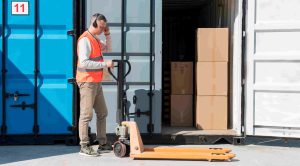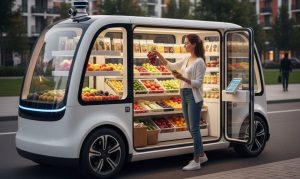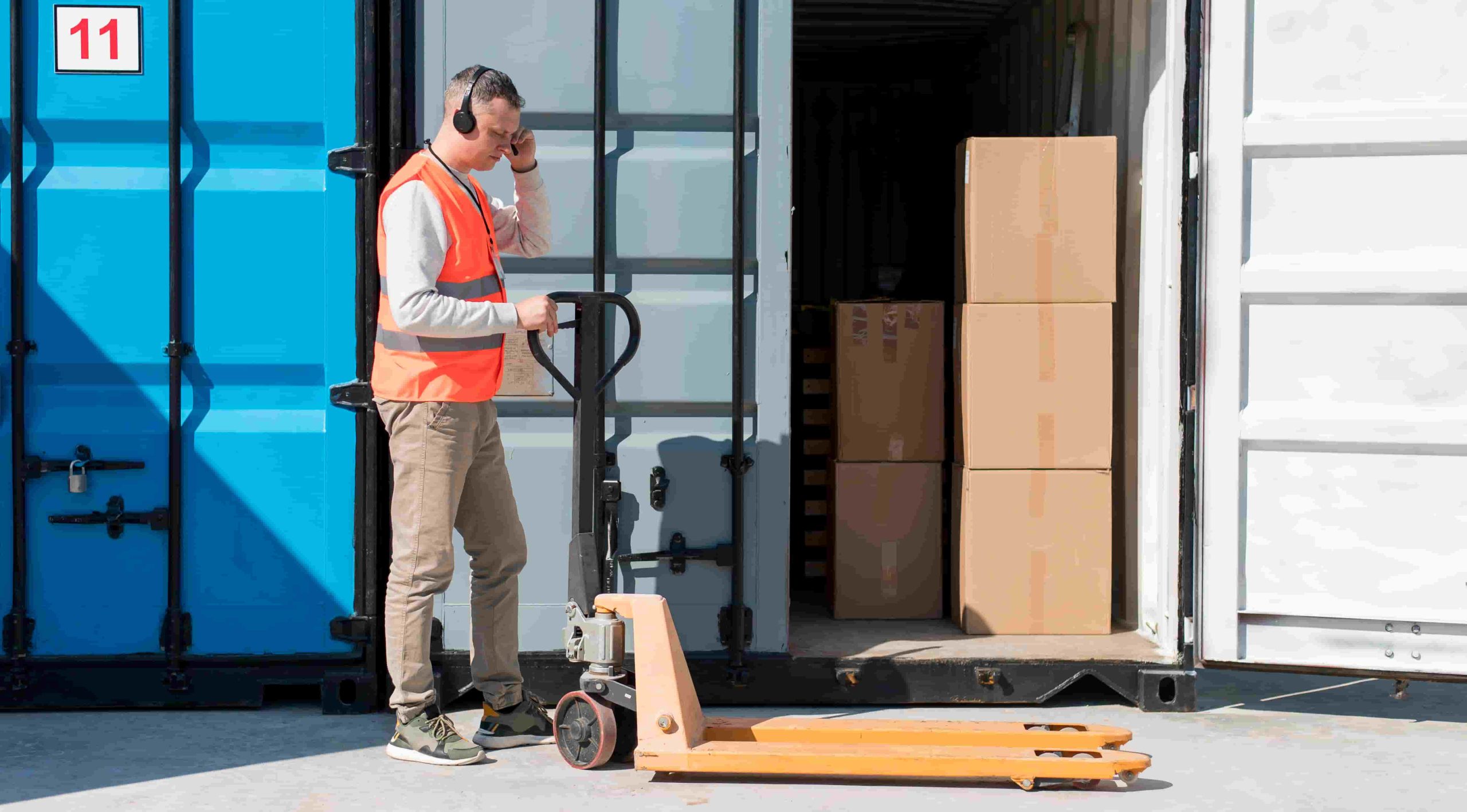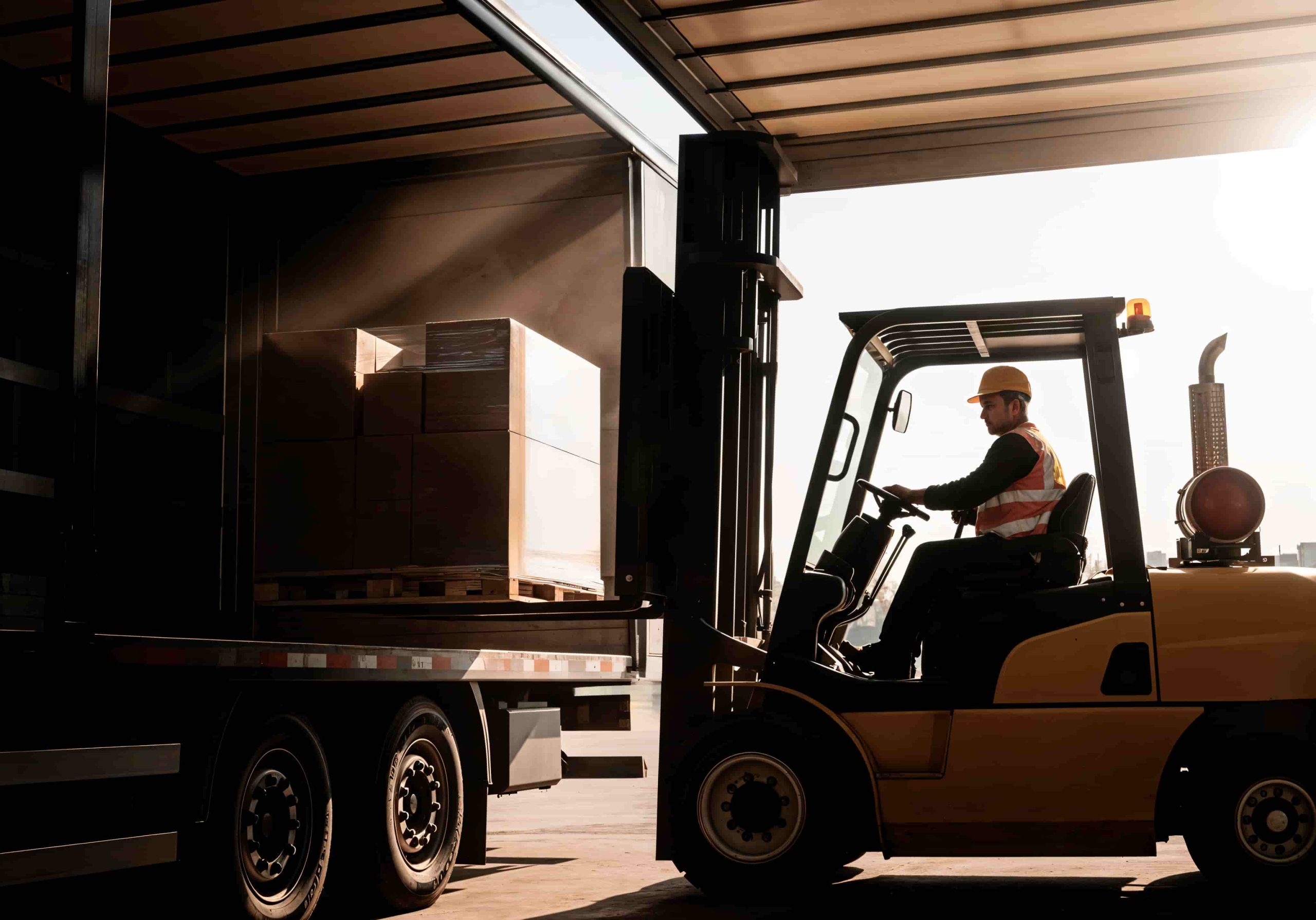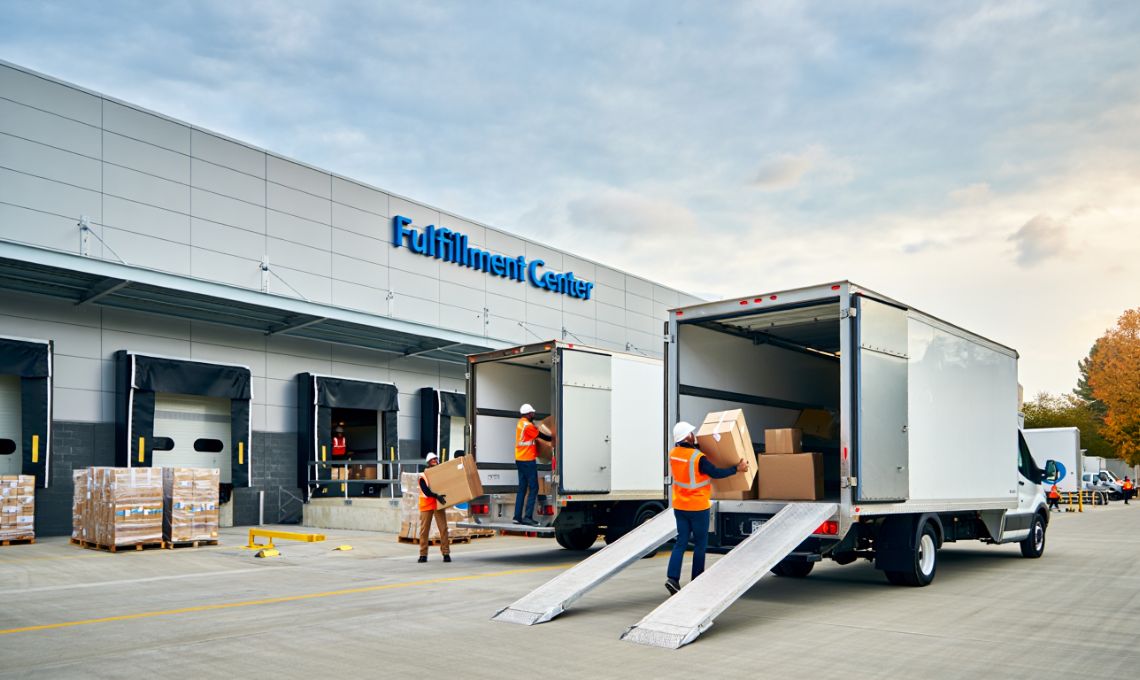The modern supply chain is no longer an isolated ecosystem. Today, success in logistics and retail depends on something much broader: cross-industry collaboration. Logistics operators, retailers, fintechs, and technology companies are joining forces to create innovative solutions that meet the expectations of a consumer who is more demanding, connected, and driven by immediacy than ever before.
Shoppers today aren’t just looking for good prices they expect personalized experiences, fast deliveries, flexible payment options, and complete transparency. Meeting these demands requires breaking traditional industry silos and building collaborative, integrated business models.
The New Consumer as a Catalyst for Change
Younger generations, especially millennials and Gen Z, have rewritten the rules of commerce. For them, value lies not only in the product itself but in the entire experience from the online checkout process to the last-mile delivery. This shift has forced logistics, retail, and technology to intertwine in ways that were unimaginable a decade ago.
Examples include:
- True omnichannel shopping: consumers want to buy online and return in-store or the other way around without friction.
- Instant, secure payments: fintechs and digital wallets are now essential retail partners, streamlining the checkout process.
- Logistics transparency: real-time tracking, once a perk, is now a baseline expectation.
Why Collaboration Across Logistics, Retail, and Technology Matters
When industries work in isolation, innovation slows. But cross-industry collaboration creates tangible advantages:
1.Agility in the Last Mile
Integrated logistics platforms linked with marketplaces and retailers speed up deliveries and improve the customer experience.
2. Cost Efficiency
Sharing technology and logistics infrastructure reduces redundancies and unlocks economies of scale.
3. Faster Innovation
Partnering with fintechs enables new payment solutions, while collaborations with tech firms bring AI, Big Data, and blockchain into supply chain operations.
4. Resilience to Market Disruptions
Collaborative models respond more effectively to global shocks like pandemics, supply chain crises, or sudden shifts in demand.
Real-World Examples of Cross-Industry Collaboration
- Retail + Fintech: U.S. retailers are partnering with fintechs to offer instant credit and digital wallets, providing customers with real-time, flexible payment options.
- Logistics + Technology: logistics operators are teaming up with software startups to implement smart routing and improve first- and last-mile visibility.
- Retail + Tech + Logistics: beyond Amazon, retailers like Walmart and Target are investing in automated distribution centers in partnership with tech providers to strengthen their e-commerce competitiveness.
How Collaboration Shapes Competitiveness
Cross-industry collaboration is no longer just a trend it’s a requirement to compete globally. Companies that fail to integrate with partners across industries will struggle to grow and keep up with increasingly impatient consumers.
Key competitive advantages include:
- Stronger customer loyalty through frictionless shopping experiences.
- Access to new markets enabled by faster, more flexible payment and distribution models.
- Sustainable ecosystems where innovation is shared across industries instead of being siloed.
Conclusion
Cross-industry collaboration is now the foundation for logistics, retail, and technology to evolve at the pace of the modern consumer. Integrating fintechs, tech startups, and logistics operators doesn’t just create efficiency it enables resilient, scalable, and innovative business models.
At Quick, we believe in the power of collaboration across industries to transform supply chains. By integrating cutting-edge technology with smart logistics solutions, we help retailers and businesses from diverse sectors meet the ever-rising demands of today’s customers.
Discover our logistics services and see how collaborative innovation can take your operations to the next level.
